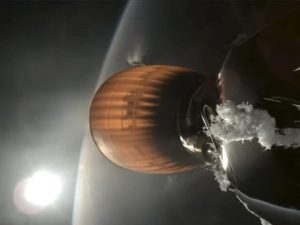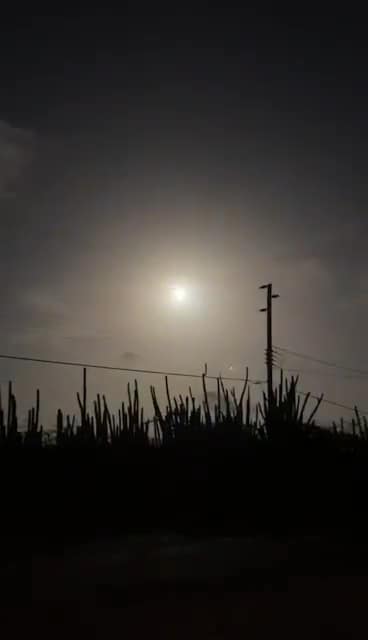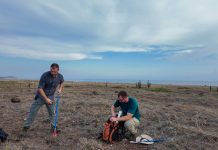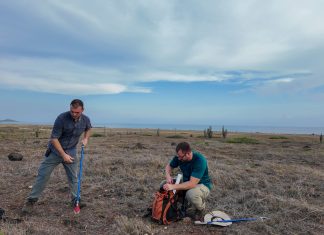Last Saturday evening, around 8 PM, many people observed a light crossing the sky over Aruba. Photos and videos of this phenomenon quickly went viral on social media. According to the Space and Nature Aruba Foundation, this might be the remnants of the recent Starlink launch on July 12.

The brilliant object was seen in the skies of Aruba and other islands like Curacao, displaying white, yellow, and green colors. The Space and Nature Aruba Foundation suggested that this could be the remnants of the recent Starlink launch on July 12, which experienced a failure according to SpaceX.
“The satellites will burn up in the atmosphere,” said the foundation. The malfunction left the rocket’s payload of 20 Starlink V.2 mini satellites unable to reach their intended orbit. It is expected that the satellites will fall back to Earth. If this is the case, more remnants may enter the atmosphere in the coming days.
According to the company itself, there is no reason for panic. The Falcon 9 launched from California last Thursday evening, carrying 20 Starlink satellites. After a few minutes of flight, the upper stage motor failed. Last Friday, SpaceX attributed the incident to a liquid oxygen leak.
Additionally, SpaceX stated that the satellites would re-enter the atmosphere and burn up. More than 600 Starlink satellites are in orbit, currently providing internet service to clients in some of the most remote places in the world.
It might also have been an asteroid, as NASA issued a warning after detecting an asteroid named 2024 NB2, which passed close to Earth last Saturday, July 13. However, astronomers detected this asteroid flying close to Earth in Tucson, Arizona, traveling at 47,921 kilometers per hour. Although it was very close to Earth, scientists believe it is not a threat to the planet, according to the website WION.
Photos can be found on the Space and Nature Aruba Foundation’s Facebook page.


















